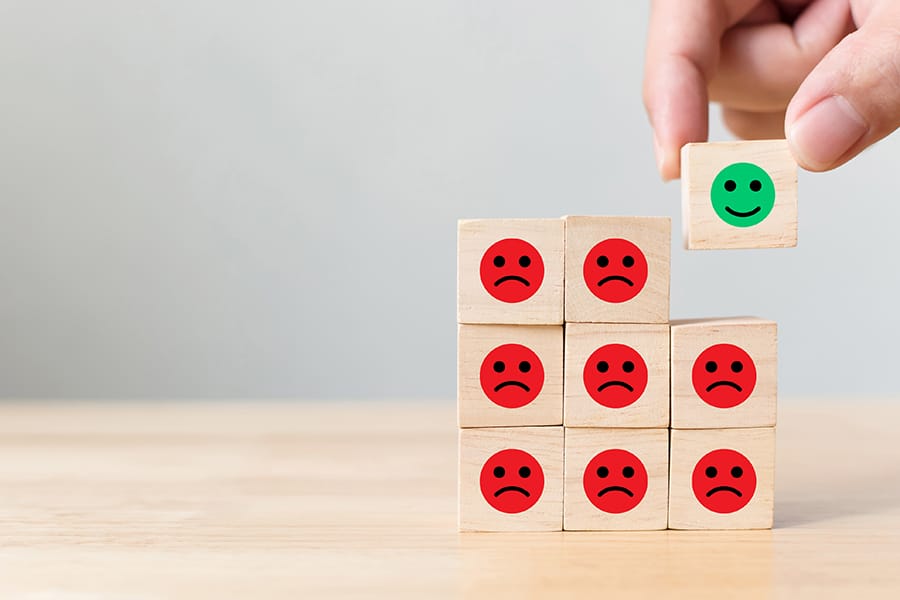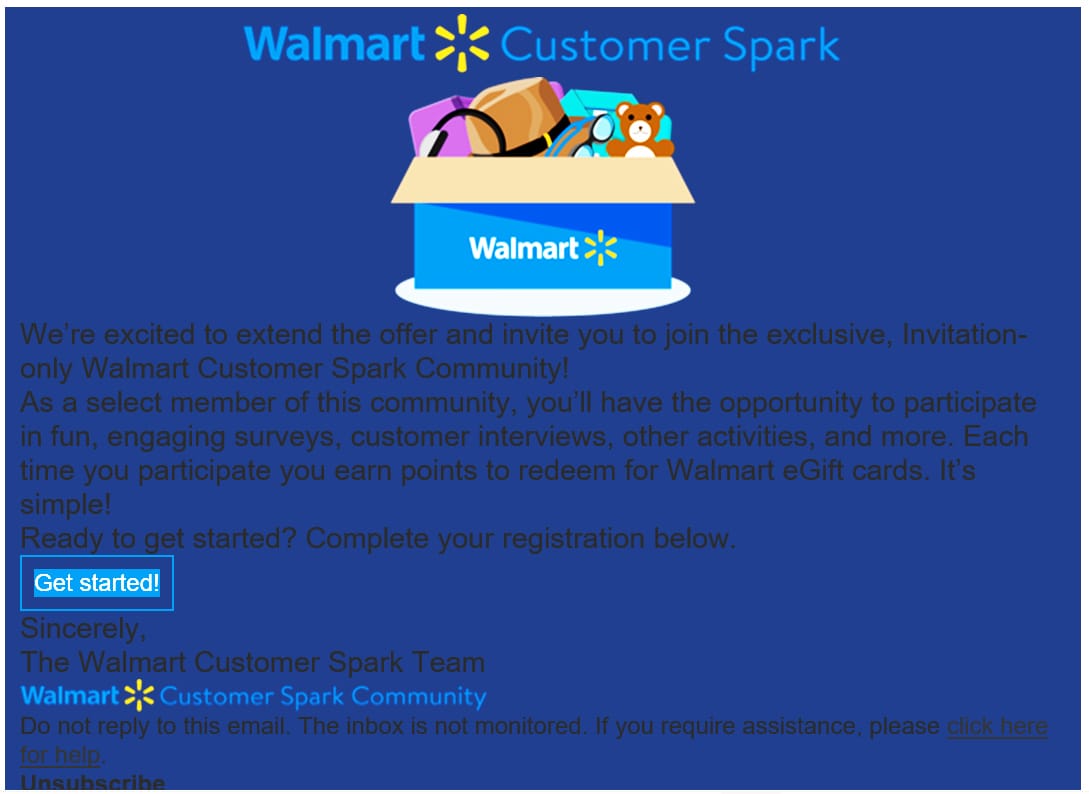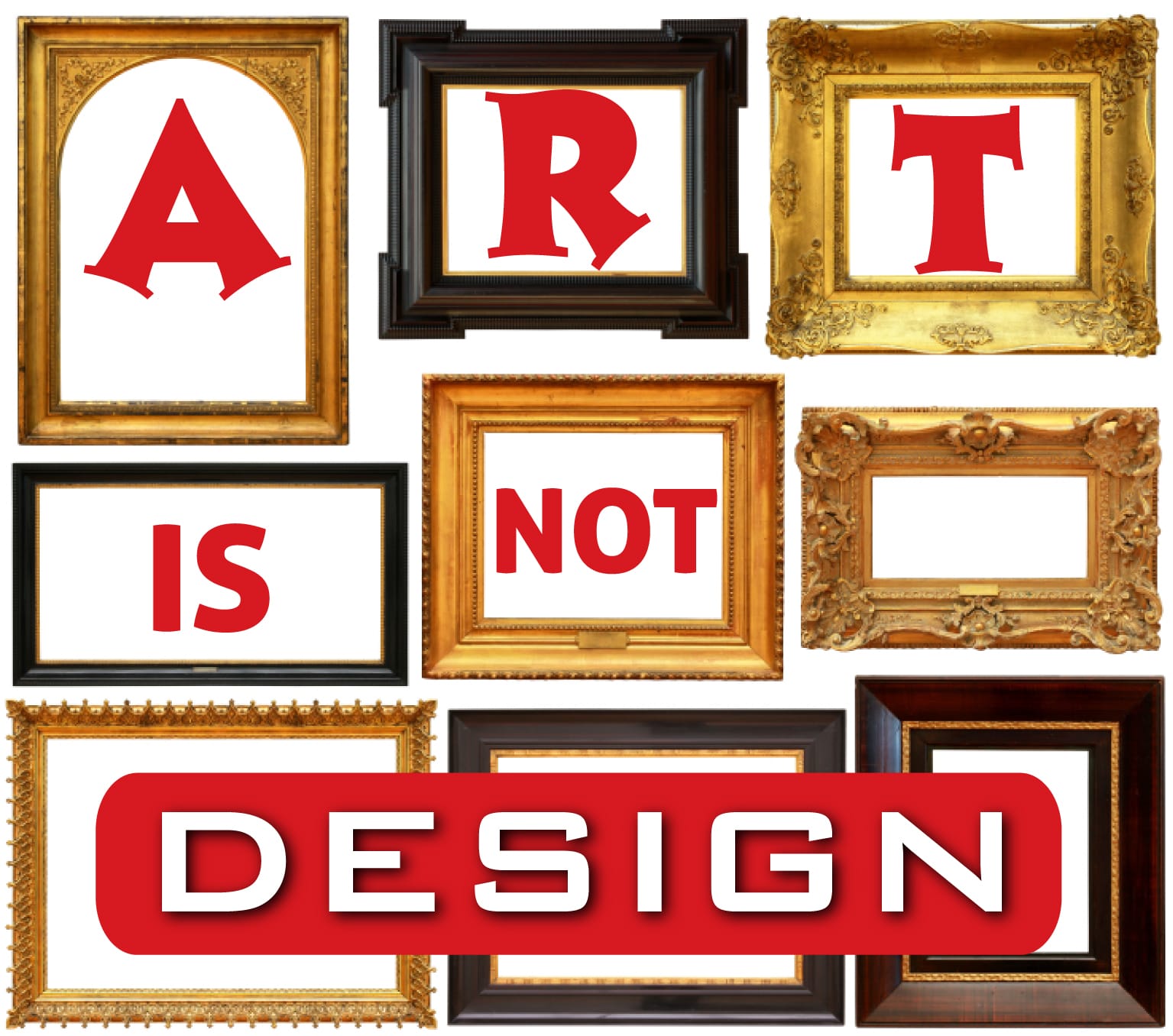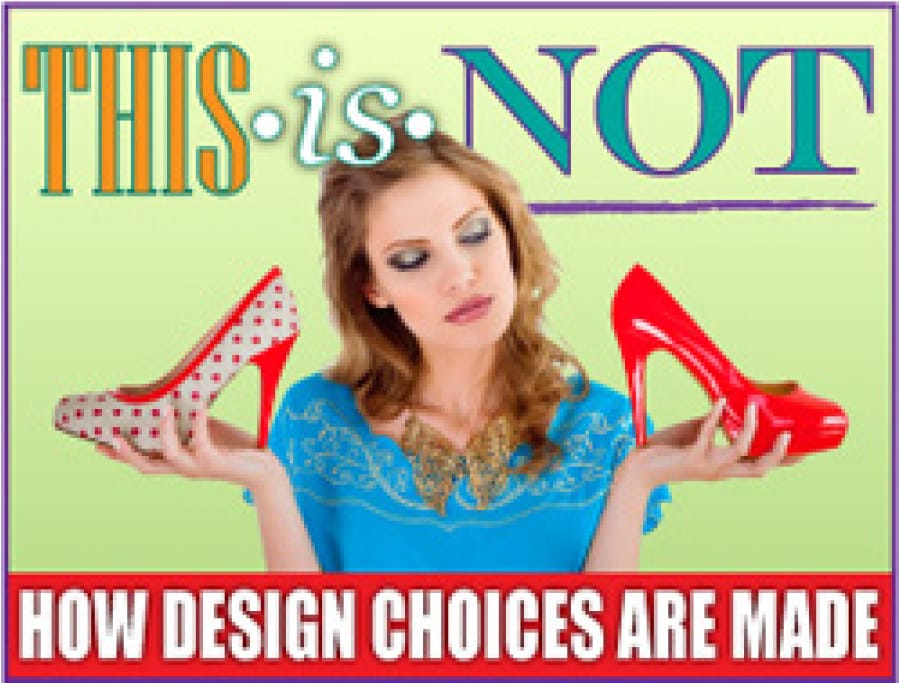Your Logo: Business Asset or “Art”?
Recently, I received two inquiries from businesses wanting information about logo design for their organizations. One wanted a refresh on their current logo, which was […]
Your Logo: Business Asset or “Art”? Read More »






